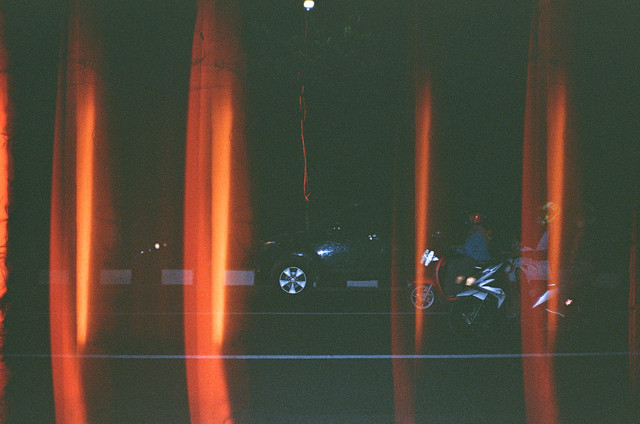Find a tiny key-chain flashlight that remains on without the need to keep pressing the button. This flashlight must be small enough to fit in the camera with no film loaded and the back closed. Turn on flashlight and close film loading door. Find the darkest room in your home, likely a closet or bath. Cover all cracks under and around the door with towels. The idea is total darkness. Best you do this at night with all adjacent lights off.
Retire with the camera to this dark place and sit with the camera. It likely will take 15 minutes for your eyes to dark-adapt. During this wait time, examine the camera from all angles. This theory "if light leaks in, it will also leak out". This flashlight trick works, but you must be in total darkness and dark-adapted. This takes 15 to 20 minutes. Your eyes gain sensitivity by secreting a chemical nicknamed "visible violet" which bathes the retina and increases the eye's ISO.



